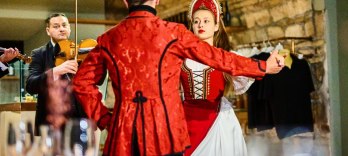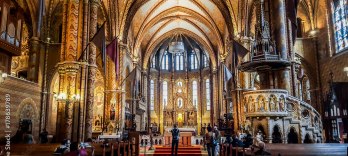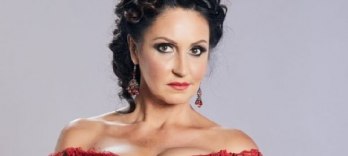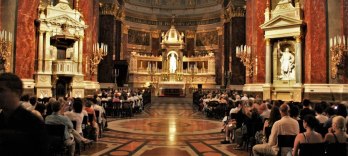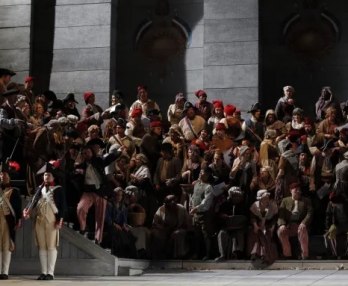Budapest Opera Tickets | Budapest Concerts Tickets
What's on
Sightseeing Cruises and Tours
Budapest - Budapest Tours and Cruises
Th 25 Sep 2025, 19:00 - Su 28 Sep 2025, 19:00
Th 25 Sep 2025, 19:00 - Su 28 Sep 2025, 19:00
Matthias Church Budapest Concerts
Budapest - Matthias Church Budapest
Mo 22 Sep 2025, 19:00 - Fr 02 Jan 2026, 19:00
Mo 22 Sep 2025, 19:00 - Fr 02 Jan 2026, 19:00
Matthias Church Budapest Concerts
Budapest - Matthias Church Budapest
Mo 22 Sep 2025, 19:00 - Fr 02 Jan 2026, 19:00
Mo 22 Sep 2025, 19:00 - Fr 02 Jan 2026, 19:00
Budapest Operetta Theater
Budapest - Budapest Operetta Theater
Mo 22 Sep 2025, 19:00 - Mo 22 Sep 2025, 19:00
Mo 22 Sep 2025, 19:00 - Mo 22 Sep 2025, 19:00
St Stephen Basilica Budapest Concerts
Budapest - St Stephen Basilica Budapest
Tu 23 Sep 2025, 20:00 - Tu 30 Dec 2025, 20:00
Tu 23 Sep 2025, 20:00 - Tu 30 Dec 2025, 20:00
St Stephen Basilica Budapest Concerts
Budapest - St Stephen Basilica Budapest
We 24 Sep 2025, 10:00 - We 17 Dec 2025, 10:00
We 24 Sep 2025, 10:00 - We 17 Dec 2025, 10:00
Bestseller events

 EN
EN DE
DE IT
IT FR
FR ES
ES RU
RU JP
JP RO
RO
